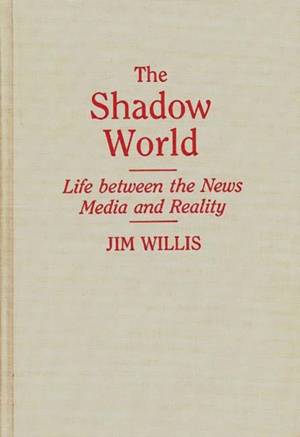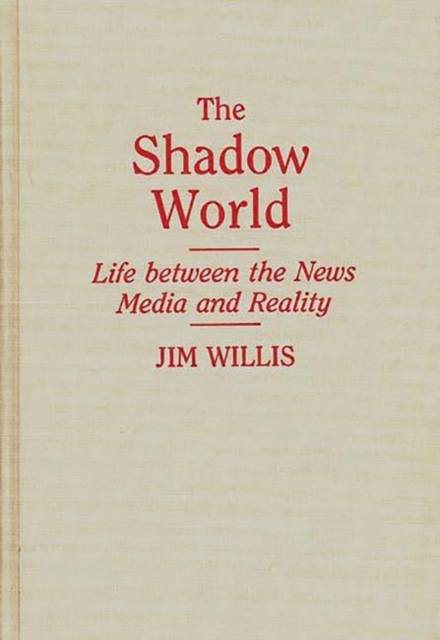
- Retrait gratuit dans votre magasin Club
- 7.000.000 titres dans notre catalogue
- Payer en toute sécurité
- Toujours un magasin près de chez vous
- Retrait gratuit dans votre magasin Club
- 7.000.0000 titres dans notre catalogue
- Payer en toute sécurité
- Toujours un magasin près de chez vous
The Shadow World
Life Between the News Media and Reality
William James Willis, Jim WillisDescription
This book looks at the news media's portrayal of reality and seeks answers as to why this portrayal often falls short of reality itself. Jim Willis examines the factors that contribute to the journalist's often faulty perception of reality, factors that are beyond the immediate control of the reporter: errant sources, competitive influences, the embedding process of storytelling, marketing's influence on the news, and the structure of news stories. The book stresses that the reporting process is more difficult than most critics and reporters realize, and points out that the best reporters are those who will take time to recognize challenges and work to overcome them. Ideal as a supplementary text for advanced courses in reporting, The Shadow World focuses on the complexities of good reporting. It studies the challenges that face today's journalist and provides practical guidance for the novice reporter.
Studying actual reporting cases, Willis discusses the difference between seeking accuracy and seeking truth in journalism. He examines state-of-the-art methods of good reporting and stresses the need for specializing, remembering the larger truth, treating rumors as rumors, and following appropriate role models. A useful guide discussing the full range of philosophical, theoretical, and practical considerations influencing the reporter, The Shadow World will be a valuable resource for the student of journalism.Spécifications
Parties prenantes
- Auteur(s) :
- Editeur:
Contenu
- Nombre de pages :
- 272
- Langue:
- Anglais
Caractéristiques
- EAN:
- 9780275934248
- Date de parution :
- 30-01-91
- Format:
- Livre relié
- Format numérique:
- Genaaid
- Dimensions :
- 152 mm x 229 mm
- Poids :
- 566 g

Les avis
Nous publions uniquement les avis qui respectent les conditions requises. Consultez nos conditions pour les avis.






